When I was in journalism school, we learned about the exploits of the mighty muckrakers of the early 20th Century. Jacob Riis exposed the horrible living conditions in American cities. Ida Tarbell took on Standard Oil (the forerunner of Exxon). Lincoln Steffens wrote about corruption in city governments. But never once in my college studies did I hear the name Ida. B. Wells, and what a shame that is. Ida B. Wells is one of the most fascinating, fearless women I’ve ever read about. Even before the other famous journalists of the era were taking on social ills, Barnett was writing about the country’s most pernicious and intractable issue: racial injustice.
One had better die fighting injustice than die like a dog or a rat in a trap. –Ida B. Wells
Her writing pulled no punches; she was a firebrand, passionate about exposing all the ways in which Black people suffered at the hands of authority and society, including the most violent act—lynchings.
“She pioneered reporting techniques that remain central tenets of modern journalism,” the New York Times—which had once called her “a slanderous and nasty-minded mulattress”—recently wrote in a belated obituary, part of an effort to acknowledge major players in American history that the newspaper overlooked at the time of their deaths. “And as a former slave who stood less than five feet tall, she took on structural racism more than half a century before her strategies were repurposed, often without crediting her, during the 1960s civil rights movement.”
Read More: Need Creative Inspiration? Then You Need to Know About Artist Faith Ringgold
The Anti-Lynching Crusader
In 1892, as a 30-year-old newspaper editor in Memphis, Tennessee, she began her anti-lynching campaign after a mob took one of her friends out of a jail cell in his pajamas and shot him. This led her to undertake a months-long journey across the South, documenting lynchings.
“Wells visited places where people had been hanged, shot, beaten, burned alive, drowned or mutilated. She examined photos of victims hanging from trees as mobs looked on, pored over local newspaper accounts, took sworn statements from eyewitnesses and, on occasion, even hired private investigators,” said the Guardian newspaper in another recent posthumous appreciation. “It was astoundingly courageous work in an era of Jim Crow segregation and in which women did not have the vote.”
Wells had a plan to go fighting if need be. “I had already determined to sell my life as dearly as possible if attacked,” she once wrote. “If I could take one lyncher with me, this would even up the score a little bit.”
One of the outcomes of her reporting was to change the narrative about who was getting lynched and why. The victims were often portrayed as rapists of White women, as if this could ever rationalize their treatment. However Wells saw that lynching was used to intimidate African Americans who were making economic progress.
“Much like the killing of black people by police today, the ‘official’ story of lynchings was just largely accepted, which was that black men were rapists and that unknown vigilantes were just meting out justice to black brutes,” Nikole Hannah-Jones, an investigative journalist covering civil rights told the Guardian. “You can look at the way that newspapers covered these things and that was just accepted and Ida B Wells exposed the reality behind lynchings, which is that they were often used as economic retaliation.”
The Most Humble of Beginnings
Ida B. Wells was born into slavery in 1862, and during her childhood, her parents were active in reconstruction efforts. She went to school, but at age 16, her studies came to an abrupt halt when both her parents and an infant brother died from yellow fever. After that, she took responsibility for her younger siblings. Fortunately, she had enough schooling to get a job as a teacher in a rural Southern school.
Later, she moved her family to Memphis, and her life as an activist was born following an incident on a railway car in 1884. Though she had a valid ticket, she was thrown out of the “ladies car” on a trip from Memphis to Nashville. But not before biting the hand of the conductor who did the tossing. Enraged at her treatment, she sued the railway company and won her case in the lower courts. “Darky damsel gets damages,” the (unbelievable) headline of one newspaper cried. But the decision was reversed by the Tennessee Supreme Court.
From that time on, her outrage was channeled into her writing and reporting, first for church newspapers and eventually in a newspaper she partially owned, the Memphis Free Speech and Headlight. Her articles were often reprinted abroad, as well as in the more than 200 black weeklies across the country. She often used the nom de plume “Iola,” and earned the nickname “Princess of the Press.”
“Readers of her work were drawn in by her fine-tooth reporting methods and language that, even by today’s standards, was aberrantly bold,” the New York Times wrote in its recent assessment of her life.
But not everyone appreciated her work. Her editorials decrying White mob violence and other injustices eventually got her run out of Memphis, with her newspaper offices being trashed. She then settled in Chicago, where she met and married Ferdinand Barnett, a Chicago lawyer and newspaperman.
Her Legacy
As a former slave who stood less than five feet tall, she took on structural racism fearlessly.
Wells’s contribution to journalism isn’t the only part of her career that has been forgotten. She was one of the founders of the National Association for the Advancement of Colored People, though she eventually ousted for being too radical. She used boycotts as a tool for changing public opinion decades before the tactic became part of the arsenal of the Civil Rights Movement.
She was also active in the suffragist movement, but her name has been eclipsed by white women such as Elizabeth Cady Stanton and Susan B. Anthony. Wells took part in the first suffragist parade in Washington, D.C., in 1913, as the sole Black woman in the Illinois delegation, even though she’d been asked at the last minute to move to the back of the procession with others of her race. It was not in her nature to “move to the back.”
Given that we are still fighting against structural racism and racially motivated killings, it is a good time to remember what this fiery woman contributed to our understanding of the African American experience, and the example she set for others.
“I consider her my spiritual grandmother,” journalist Hannah-Jones says. “She was was a trailblazer in every way … as a feminist, as a suffragist, as an investigative reporter, as a civil rights leader. She was just an all-around badass.”
Read More: Betty Reid Soskin is Our Fiercest Park Ranger—What Will You be Doing at 98?

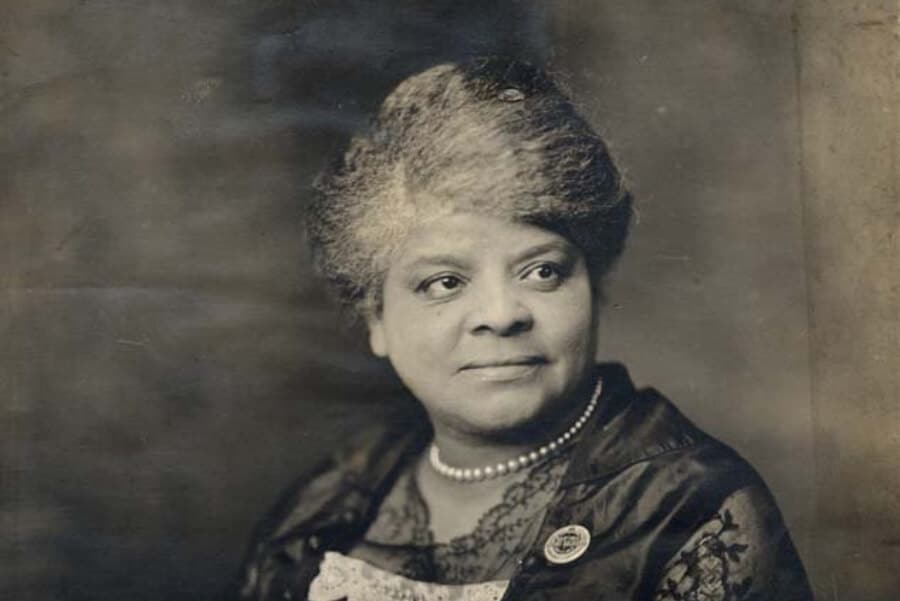

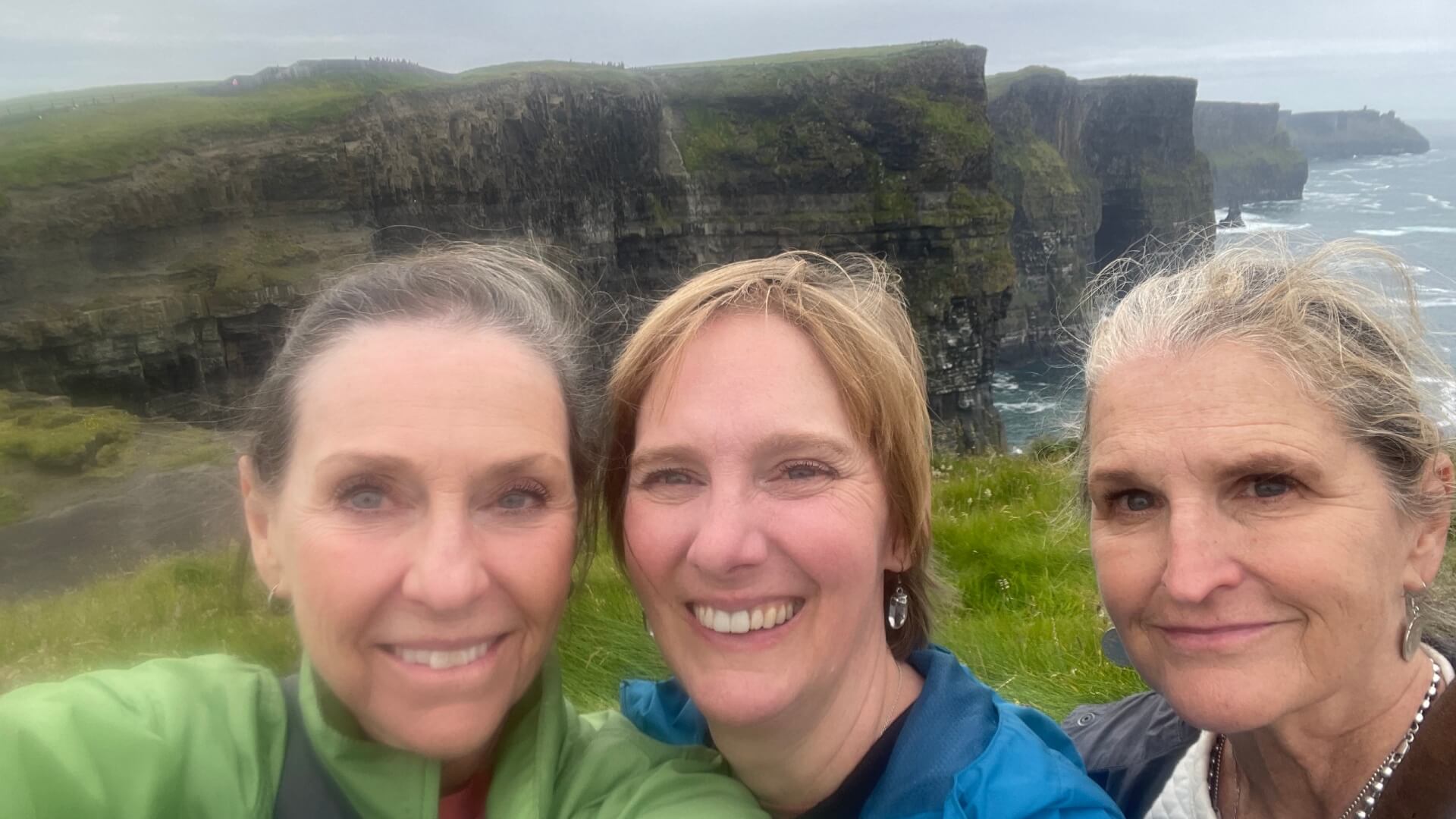

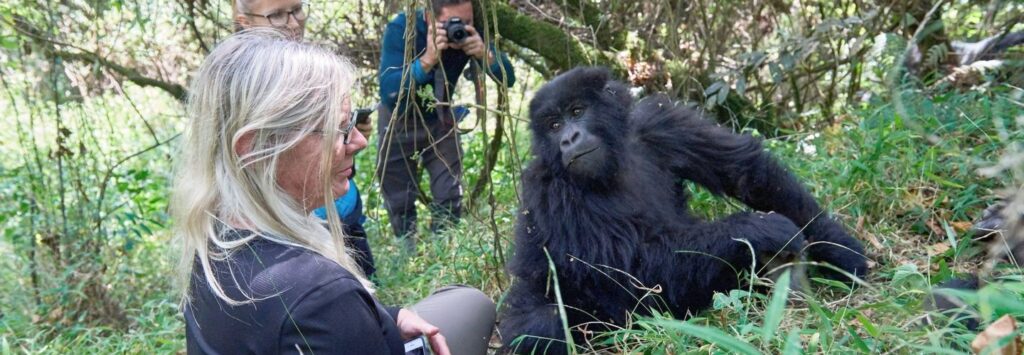
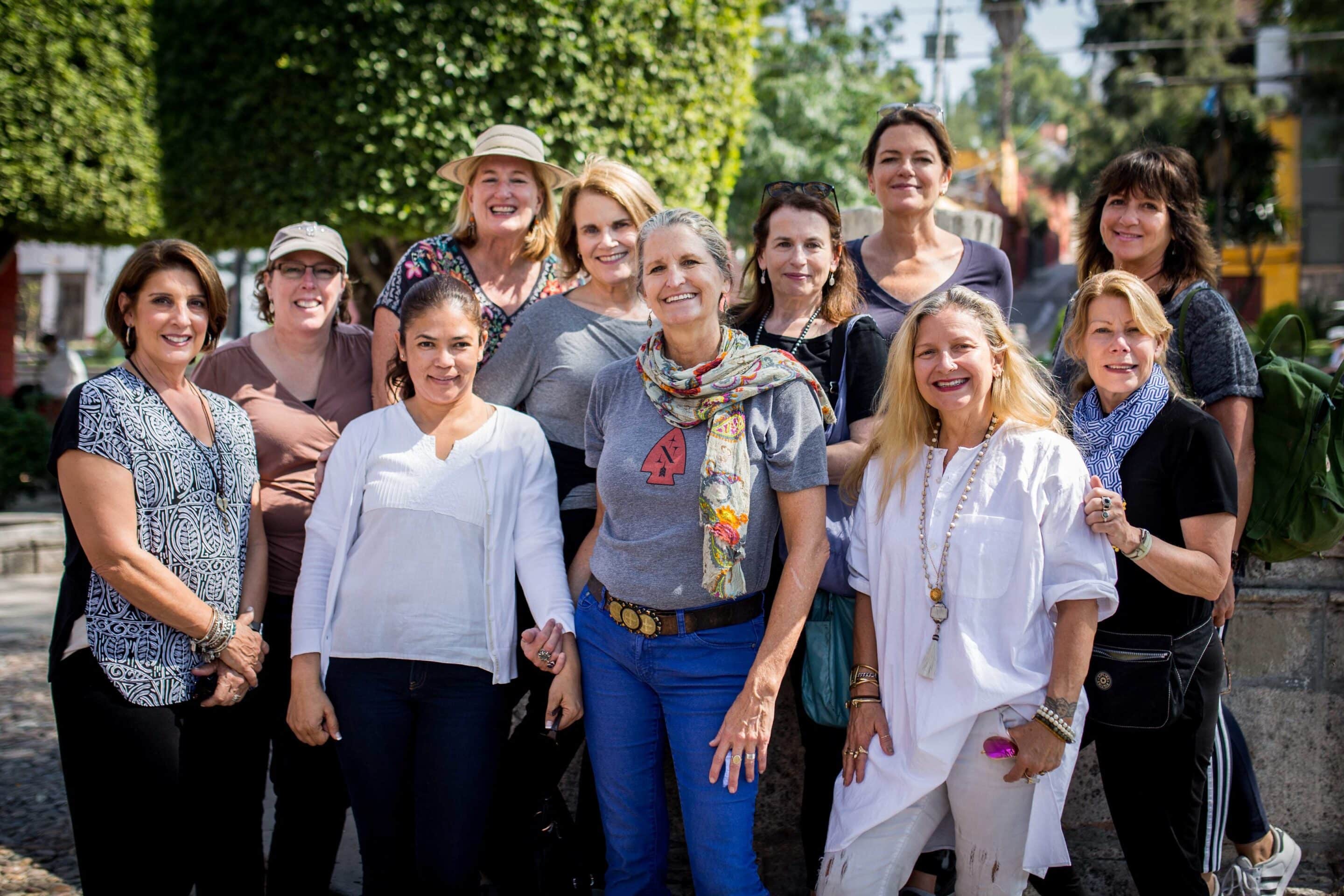
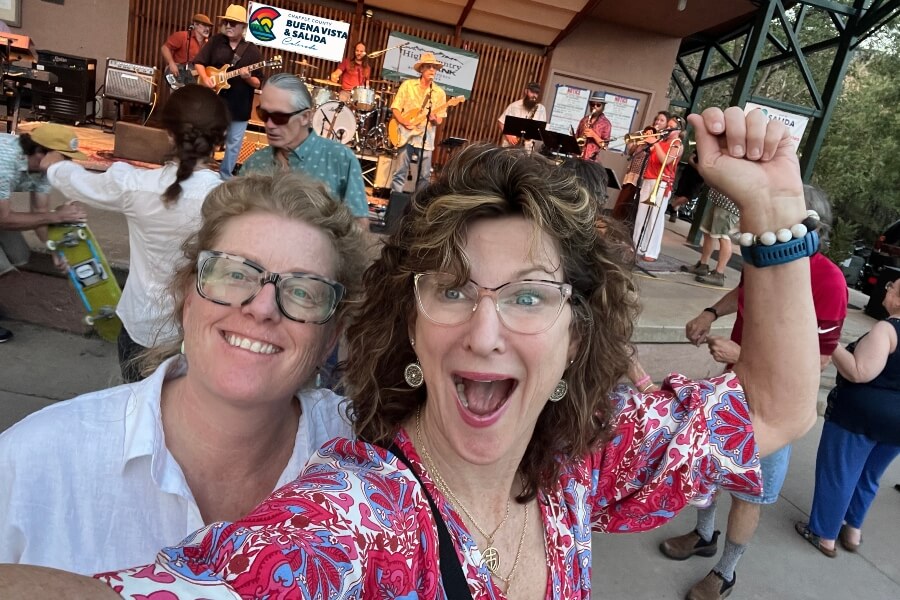








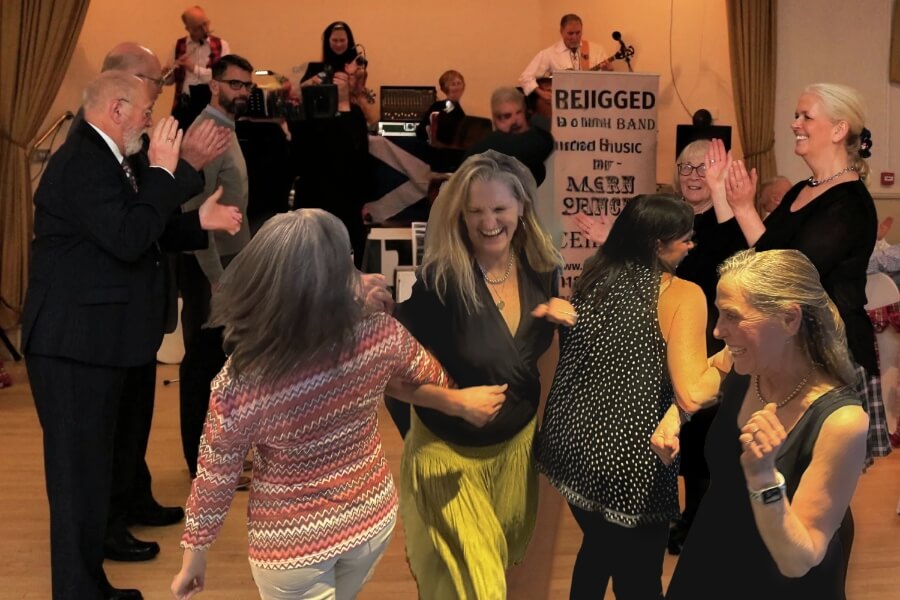

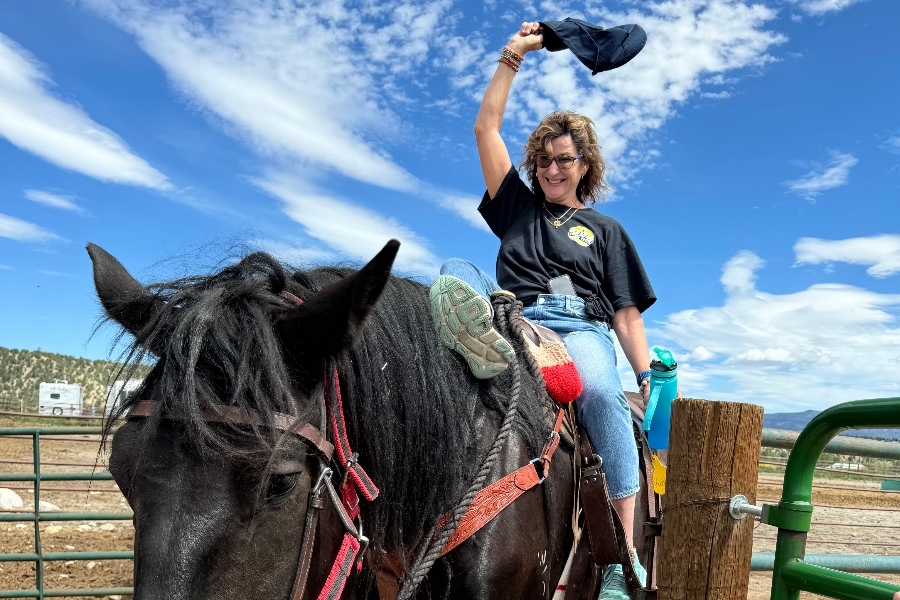





0 Comments